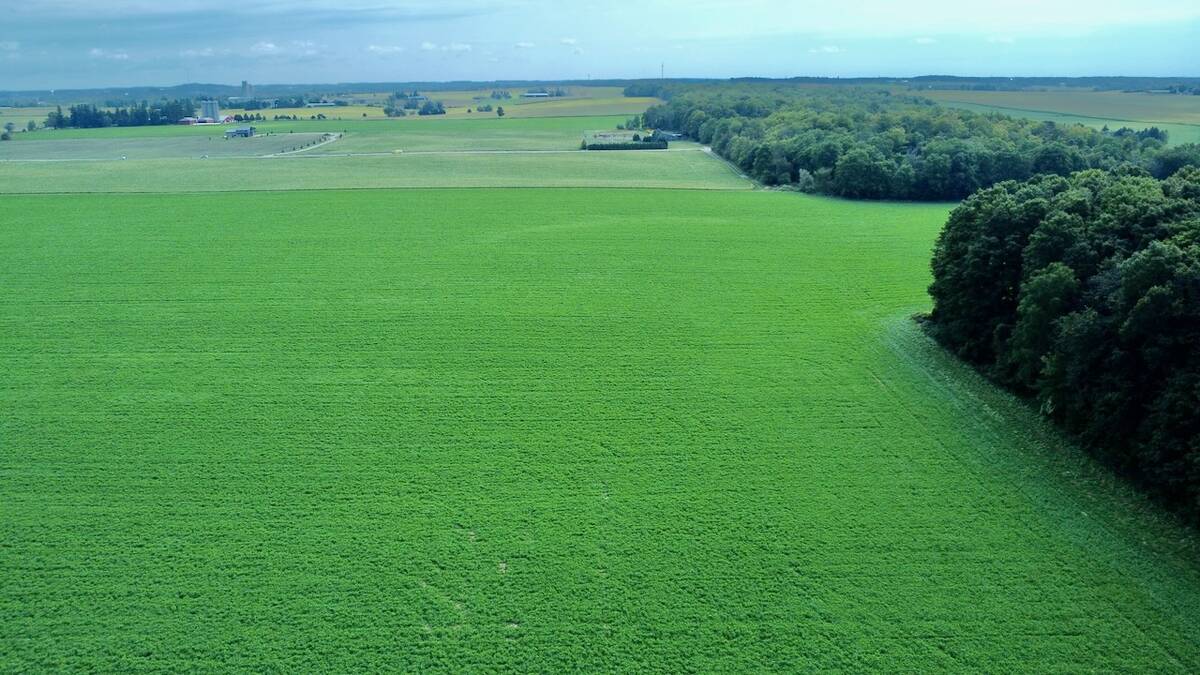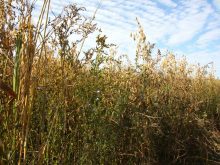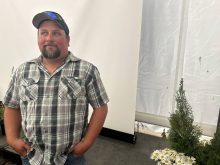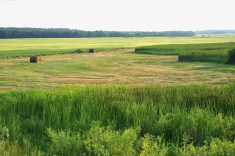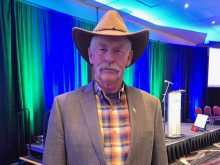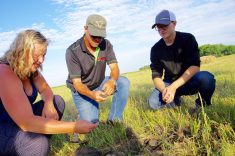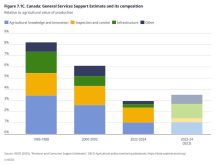A national project funded by food processors, retailers and lenders aims to lower the risk of adopting environmentally beneficial farm practices
The Canadian Alliance for Net Zero Agri-Food (CANZA) launched its Million Acre Challenge Oct. 7 and released details about how it plans to get value to farmers.
CANZA managing director Nick Betts says the goal is to scale resilient agricultural practices across Canada.
Read Also
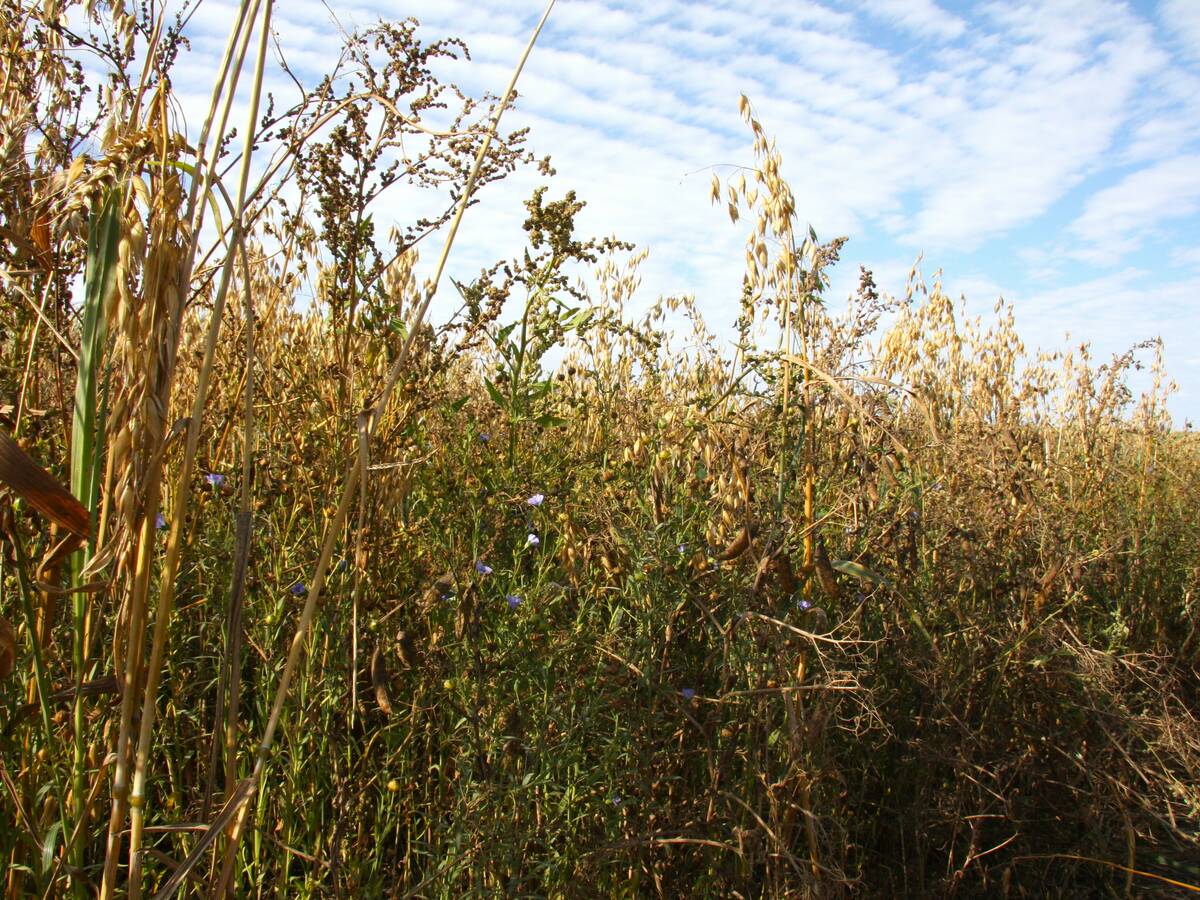
PepsiCo nearly doubles regenerative scope
Another 240,000 farm acres managed through regenerative agriculture will be supported by PepsiCo across Manitoba and Saskatchewan by the end of 2025.
He says CANZA is consulting with farmers and agronomists, and it’s looking to solve barriers that have held back sustainability programs in the past.
WHY IT MATTERS: Farmers are increasingly being told to farm sustainably, but adopting new practices comes with financial risk and a learning curve, and profit margins sometimes leave little wiggle room to make that jump.
Unlike government programs, which go away after a few years, he says CANZA has longer-term goals.
CANZA’s executive committee contains some of the most influential people involved in Canada’s food system, including Galen Weston, president and chairman of Loblaw Companies, Michael McCain, executive chair of Maple Leaf Foods, Max Koeune, president and chief executive officer of McCain Foods, Ken Seitz, CEO of Nutrien and Dave McKay, president and CEO of the Royal Bank of Canada.
“If this is important to companies, and this is important to Canada, and this is a good thing for farmers, then how can we help address these barriers?” said Betts during an interview before the launch of the program at the Globe Food Leadership Summit in Calgary in the second week of October.

A goal is to figure out how to reduce the risk to farmers of adopting practices that range from minimizing soil disturbance, keeping soil covered and living roots in the soil, enhancing biodiversity and integrating livestock grazing.
The Weston family’s foundation has provided $7 million in funding for the first projects and to develop an environmental outcomes marketplace.
Ontario starting line
The program’s first pilot projects will be based in southern Ontario, with an initial cohort of 24 farms, with an aim to enroll 60 farms in year two and 180 farms in year three.
CANZA is working with local professionals such as agronomists to get a “science-backed perspective and an agronomy-backed perspective,” says Betts.
Finding a way to reward producers who have already been using practices that benefit the environment is a goal. A challenge with government programs is that they only reward new adopters.
Betts says CANZA will tailor programs to the needs of different growing regions across the country, and he encourages farmers or other partners to get in touch with CANZA if they are interested.
Reducing the risk of trying new things
Farmer Tobias Burgin’s introduction to CANZA is a good example of the extent to which the agriculture and food supply chain is involved in the project. The Co-operators, the insurance company for Eusi Farms, made the introduction to CANZA during discussion of the construction of a biogas digester at the farm’s beef feedlot.
The family feeds about 20,000 cattle a year through its feedlot south of Forest, Ont.
Burgin says the focus on environmental stewardship “marries up very well with what we’re already doing.”
However, like many farmers, it’s the risk of adoption of new practices that’s a challenge.
“If it goes well, we win. That’s grea. But if it doesn’t go well, then we pay the price or have a loss of production.”
Burgin says he found the CANZA program intriguing because “somebody was willing to come alongside us and help us in those endeavours in trying out new things. Sharing that risk is what intrigued me on it.”
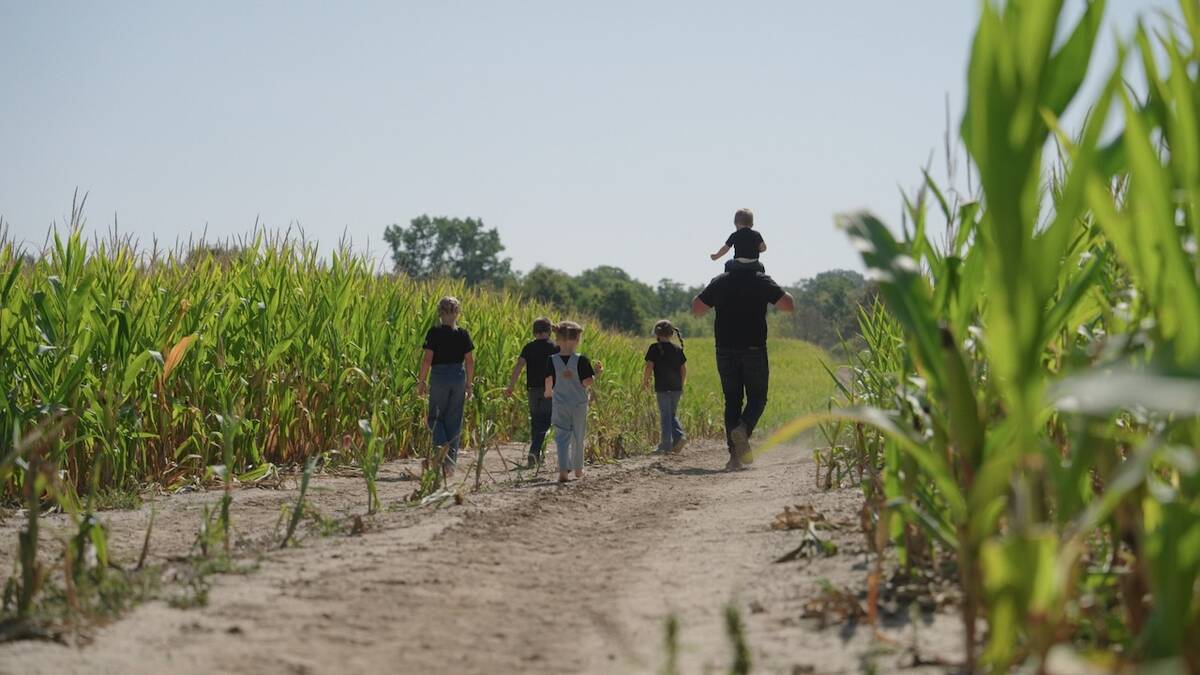
Eusi Farms grows crops that are harvested in the fall, such as corn and sugar beets. Late harvesting dates make cover crop establishment a challenge, and that’s one area that Burgin is interested in exploring.
Burgin’s feedlot is part of the Ontario Corn Fed Beef Program (OCFB), a certified beef brand created by the Ontario Cattle Feeders Association. The OCFB program works with supply chain partners to ship premium beef to Asia and stores in Canada.
The program is an early partner of CANZA. John Baker, the OCFB’s director of business development and the director of the Ontario Beef Market Development Program, says it could help beef farmers better tell their story to customers.
The corn-feed branding program has done an exceptional job telling the story of its beef producers and the way they use the crops they grow to feed their animals. Nutrients from cattle are used to grow the next season of crops, but they’ve lacked the data to back up the results of that system.
“We’ve got a great story to tell around our model of circularity, but we lack the ability to measure anything,” says Baker.
Environmental outcomes marketplace
Baker was also interested in CANZA’s goal of building an environmental outcomes marketplace, where companies could post their offers for best practices, and farmers can sign on to be rewarded for what they do on their farms.
These sorts of markets have been notoriously difficult to create because the margin advantage they could provide is often eaten up by transaction costs and administration.
Most of these marketplaces have focused on carbon, but CANZA is aiming for whatever best practices companies need in order to make their products more efficiently or to report to their consumers or investors about their supply chain practices.
Betts says one of the goals of the marketplace is to allow farmers to create value by stacking different outcomes from their farm.
“I’ll have the ability to take on new practices, try new things, innovate on my farm, and be supported in ways that I haven’t really been in the past,” said Betts. “And out the other end, have a market for that as almost a secondary product.”

